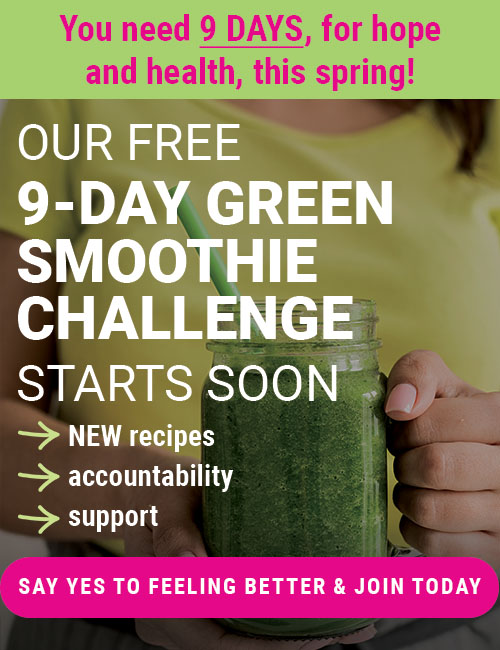How Much Plant Food Does America Eat?
Check out this story from USA Today, below. Go ahead and gloat that if your child is drinking even a pint of green smoothie daily even with NO other fruit and vegetable intake, he is ahead of at least 90.5 percent of American teenagers.
(My guess is that you’re outpacing more like 99% of teens, since kids were self-reporting in this study and counting things like pasteurized fruit juice, which don’t rate next to a raw apple and stalk of celery.) YOUR child is getting nutritional standouts like kale, spinach, and collards in her 7.5 servings in a pint of GS. That’s instead of lightweight French fries, ketchup, and iceberg lettuce that “count” in these studies.
Way to go, GSG parents. Thank you for changing the way America’s children eat. You’re a force for good. You’re up against a LOT of opposition, I know! (Read the comments on this blog over the past two years, for people’s horror stories of how tough it can be to do the right thing when family, friends, and the culture oppose you. Be strong.)
My children’s other parent doesn’t approve of my practice of letting the kids trick or treat and then paying them $20 to dump all the candy. He believes an open-cupboard policy with lots of candy and junk food is part of a happy childhood, and that it’s all good as long as you serve a salad at dinner with your meat-and-potatoes main dish. (Refer to my recent “Oprah” blog entry about how we believe at a very fundamental/emotional level that the way we were raised is the RIGHT way.)
By the way, my kids do have a choice. They always make sure they KNOW they have a choice, but in the end they have always chosen the cash, without exception! Why? Because they know the candy makes them sick and isn’t worth close to $20! (They know this because I explain it every year and remind them what $20 buys.) And I do let them have a couple things before dumping it.
Not only do you parents rock out loud for doing the GS thing, but I know that many of you are doing more than just green smoothies. I’m on record many times saying that the USRDA recommendation of 5 servings of fruits and vegs is woefully inadequate. Setting the bar that low leaves far too much room for eating antibiotic-injected, sickly animal carcasses, processed flour and sugar, and other inferior “food.” The USRDA reqs are the nutritional equivalent of “dumbing down” our education. We should be getting 20+ servings. Those serving sizes are so small–I routinely get 20-27 servings of fruits/vegs daily.
Here’s the link to the story, and the full text below it, in case your link doesn’t work:
http://www.usatoday.com/news/health/2009-09-29-fruits-veggies-high-school-kids_N.htm?csp=24&RM_Exclude=Juno
Only 14% of adults eat the recommended number of servings of fruit and vegetables a day, says a report from the Centers for Disease Control and Prevention.
About 33% of adults meet the recommendation of two or more servings of fruits a day; 27% eat the recommended three or more servings of vegetables.
Washington, D.C., leads the nation in eating fruits and vegetables: 20.1% of adults report they meet both daily recommendations. Mississippi sits at the bottom with 8.8%.
Three of the top states are in New England, and three of the bottom states are in the Southeast. The disparity could be a result of the lack of farmers markets in the Southeast and policies that promote healthful foods in schools and communities, says Heidi Blanck, senior scientist for the CDC.
High school students fare worse than adults: 9.5% report they eat two or more fruits and three or more vegetables a day. About the same number of students (32%) as adults say they meet the fruit recommendation, but only 13% say they eat at least three servings of vegetables a day.
The Healthy People 2010 objective from the U.S. Department of Health and Human Services aims to have 75% of the U.S. population meeting the daily fruit recommendations and 50% meeting the daily vegetable recommendations.
“At the current rate, the goal won’t be met,” Blanck says.
To raise the percentage of people meeting the goals, the CDC suggests grocery stores increase their stock of “high-quality” fruits and vegetables and encourages states to form food policy councils that evaluate the access to fresh produce.
It also suggests schools provide more fruits and vegetables in cafeterias and vending machines.
Posted in: Green Smoothies, Relationships, Whole Food













